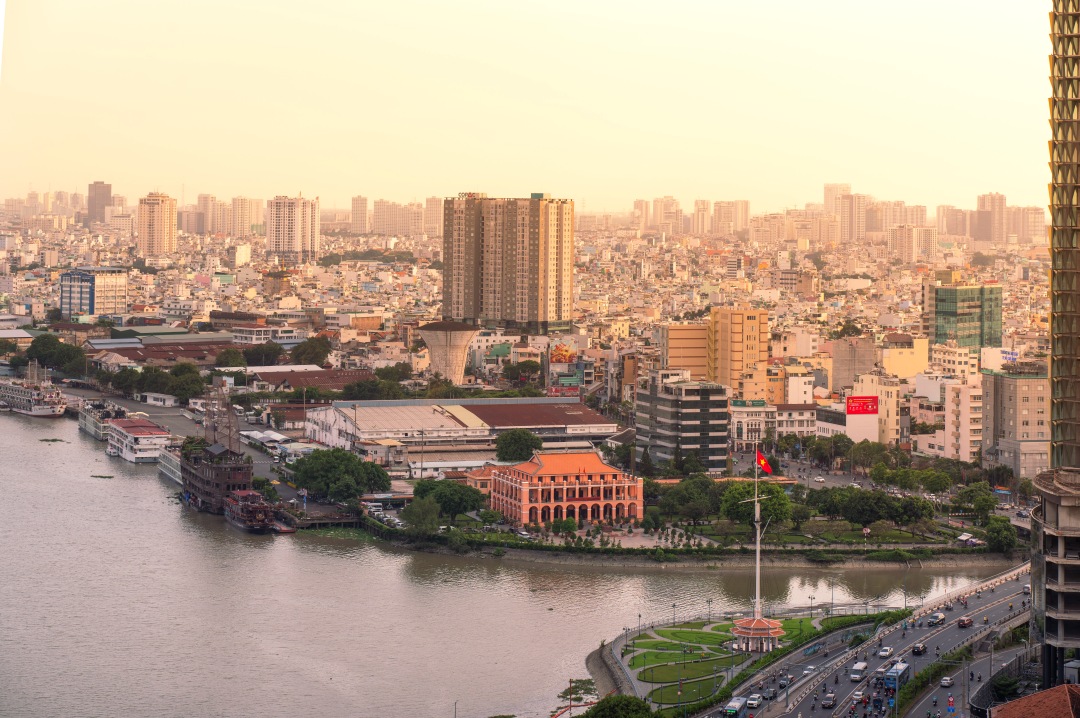Vietnam has undergone one of its most sweeping administrative reforms in decades, marked by a week of unprecedented change. The merger of 52 provinces and centrally governed cities into 23 is not only a move to streamline government operations, but also a strategic development initiative designed to fully leverage regional strengths. This policy raises hopes for the emergence of “super provinces” — large-scale economic zones with high competitiveness and renewed momentum for key economic sectors. At the same time, it highlights the urgent need to harness the unique resources of each locality within a unified development framework. Early July 2025 marks a major shift in Vietnam’s administrative history, as 52 of the country’s 63 provinces and centrally-governed cities were merged, cutting nearly half of all provincial-level administrative units. This move aims not only to streamline the bureaucratic apparatus and reduce spending, but also to improve governance efficiency, foster socio-economic development, and enhance the competitiveness of regional economies across the national map. In the context of deep international integration, small and fragmented provinces are increasingly revealing limitations in terms of scale, resources, and investment appeal. Provincial mergers are thus expected to create large-scale economic regions capable of developing key industries, establishing […]
Provincial reform as a catalyst for regional synergy
By Le Hoai An











